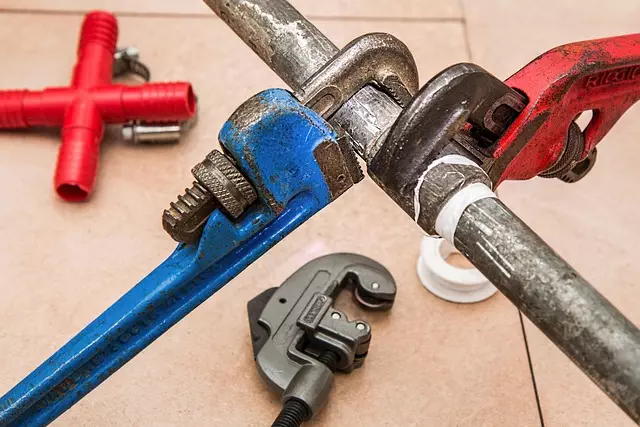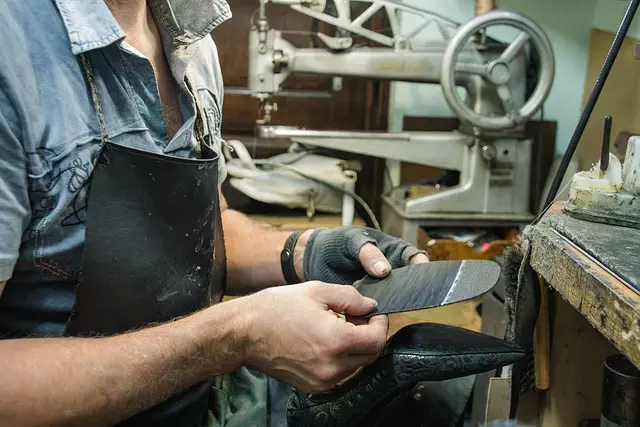Stem Wall Repair is crucial for maintaining building stability and preventing costly future repairs. Pier installation, using steel or concrete piers, addresses soil erosion and structural issues caused by weak foundations, especially in areas with expansive clay soils. This meticulous process involves site evaluation, pier selection, excavation, and construction of new stem walls securely connected to the piers. While effective, cost and accessibility considerations exist, making regular inspections and timely repairs essential for long-term foundation stability and value preservation.
In the realm of foundation repair, stem wall repair stands as a crucial lifeline for stabilizing structures. This article delves into the intricacies of pier installation, a game-changer in addressing foundation issues. We explore when and why this method is necessary, dissecting the process from implementation to types of piers used. Benefits, challenges, and longevity considerations are also highlighted, providing a comprehensive guide on stem wall repair with piers for folks seeking robust solutions in today’s digital era.
Understanding Stem Wall Repair: A Foundation's Lifeline

Stem Wall Repair is a critical component in foundation repair, acting as a lifeline for maintaining structural integrity. These walls, constructed at the base of a structure, are designed to provide lateral support and prevent soil erosion around the building’s foundation. Over time, issues like settlement, shifting soil, or poor initial construction can compromise these walls, leading to cracks, inclines, or other signs of damage.
Identifying and addressing stem wall repair needs early is essential for several reasons. Firstly, it ensures the long-term stability of the building by preventing further structural damage. Secondly, it helps to maintain the overall aesthetics of the property, as weakened walls can cause noticeable cosmetic issues. Lastly, regular inspection and timely repairs are cost-effective, as minor problems can escalate into major, more expensive fixes if left unattended.
When is Pier Installation Necessary for Foundation Repair?

Pier installation becomes necessary for foundation repair in situations where the soil underneath a structure is weak or unstable, leading to settlement or misalignment of the building. This often occurs in areas with expansive clay soils, which can swell and contract with changes in moisture content, causing significant stress on foundations. Additionally, old or damaged stem wall repair might require piering to stabilize the structure. When the existing foundation shows signs of cracking, tilting, or uneven floors, it’s an indication that the soil support has diminished, making pier installation a crucial solution for long-term stability and structural integrity.
The Process of Implementing Pier Support Systems

Implementing pier support systems for stem wall repair involves a meticulous process designed to stabilize and reinforce existing structures. The first step is an extensive site evaluation, where professionals assess the condition of the soil, existing foundation, and structural integrity of the building. This critical phase guides the selection of appropriate pier types, depths, and arrangements tailored to specific needs.
Once the plan is finalized, excavation begins, creating access points for installing steel or concrete piers. These piers are strategically placed to provide robust support, often at intervals determined by engineering calculations. After setting the piers in place, a new stem wall is constructed, securely connected to the piers through advanced construction techniques, ensuring the entire system integrates seamlessly and effectively.
Types of Piers Used in Foundation Repair

In the realm of foundation repair, various types of piers are employed to ensure structural stability and longevity. One common method is the use of concrete or steel stem walls, which act as vertical supports, providing a solid base for the foundation. These stem walls are typically installed alongside existing foundations, working in harmony with the existing structure to reinforce it.
Another type of pier, often utilized when the soil conditions require additional support, is the piled foundation. This involves driving steel or concrete piles deep into the ground to create a robust and secure anchor for the building. Piled foundations are particularly effective for stem wall repair, offering a game-changer solution in challenging geological settings, ensuring the integrity of the structure even in bustling, dynamic environments.
Benefits and Considerations of Pier Installation

Pier installation offers a highly effective solution for foundation repair, particularly in cases where the soil conditions require alternative support structures. One of its key benefits is its ability to provide long-lasting stability and strength, making it an ideal choice for stem wall repair and other structural enhancements. This method involves driving steel piers into the ground at specific intervals, creating a robust network that supports and reinforces the existing foundation.
When considering pier installation, several factors come into play. First, it is crucial to assess the extent of the damage and the overall stability of the structure. Piering is most beneficial for homes with settling or shifting foundations caused by weak soil, poor drainage, or nearby construction activities. It’s also essential to evaluate the cost and accessibility, as pier installation can be more invasive than other repair methods. However, its durability and minimal impact on existing structures make it a preferred choice for those seeking long-term solutions in stem wall repair and foundation stabilization.
Common Challenges During Pier Placement and How to Overcome Them

During pier installation for foundation repair, several common challenges can arise. One major issue is accessing the required areas, especially in older structures with limited space or where existing stem walls need repairs. This often requires innovative solutions and precise planning to avoid damage to surrounding structures or utilities. Contractors must carefully navigate these obstacles, ensuring they have the right equipment and tools for safe and efficient installation.
Another challenge is soil conditions. Uneven or unstable soils can complicate pier placement, as it’s crucial for piers to be set at the appropriate depth and angle for optimal support. To overcome this, geotechnical surveys are conducted to assess soil composition and load-bearing capacity. Based on these findings, engineers design custom solutions, such as adjusting pier length or adding additional supports, to ensure stability even in challenging soil environments, ultimately enhancing the effectiveness of stem wall repair.
Maintaining and Ensuring Longevity of Stem Wall Repairs with Piers

Maintaining and ensuring the longevity of stem wall repairs with piers is a crucial aspect of foundation repair that cannot be overlooked. Once installed, piering systems should be regularly inspected to identify any signs of wear or damage. Regular maintenance includes cleaning the area around the piers to prevent debris buildup, which could obstruct the pier’s load-bearing capacity.
Additionally, it’s important to keep the soil surrounding the stem wall and piers stable by managing moisture levels and preventing erosion. Regular monitoring and timely repairs can significantly extend the lifespan of stem wall repair with piering systems, ensuring a stable and secure foundation for years to come.
